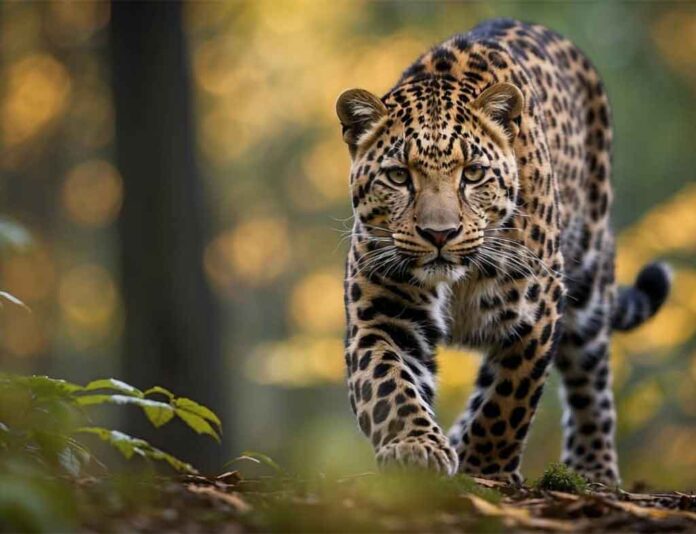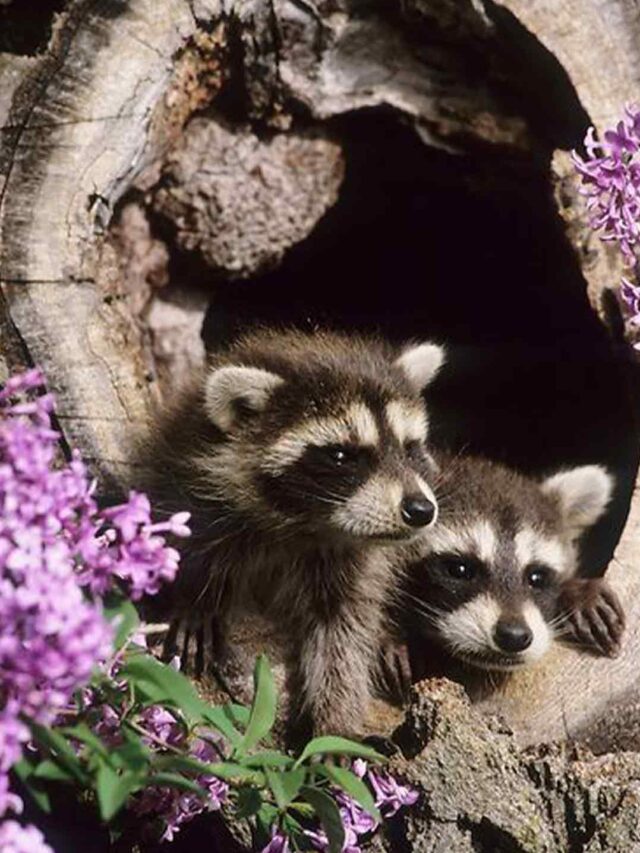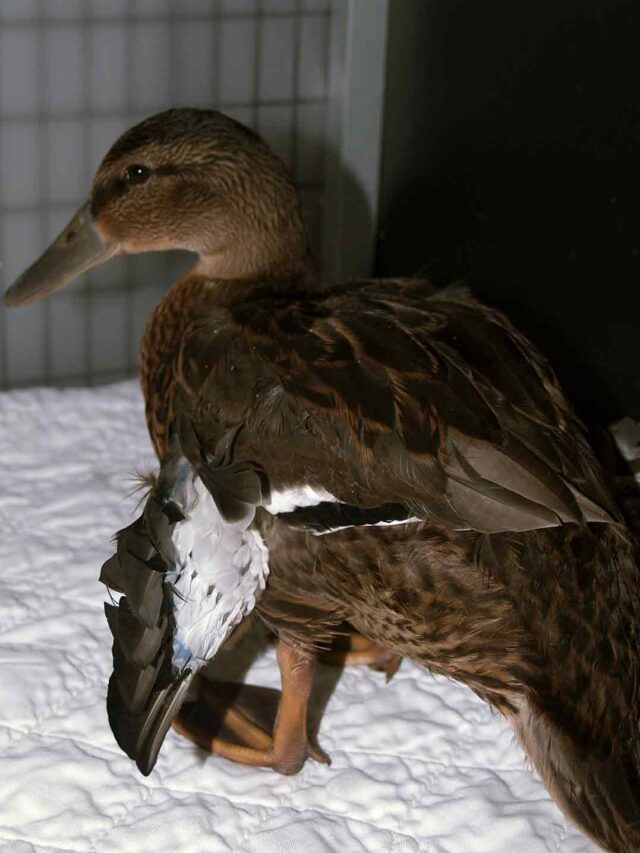
Welcome to the captivating world of the Amur Leopard conservation efforts, a majestic and elusive big cat that roams the forests of the Russian Far East. In this article, we’ll delve deep into the mysteries surrounding this endangered species and explore the efforts to protect it.
Table of Contents
The Enigmatic Amur Leopard: A Brief Overview
The Amur Leopard, scientifically known as Panthera pardus orientalis, is one of the rarest big cats on the planet. With its striking appearance and solitary nature, it has captured the imagination of wildlife enthusiasts worldwide.
Habitat and Range
Amur Leopards are primarily found in the temperate forests of the Russian Far East and parts of northeastern China. They thrive in diverse habitats, including forests, mountains, and river valleys.
Unique Characteristics
Known for its thick fur and beautiful rosette patterns, the Amur Leopard is distinct from other leopard subspecies. Its large size and muscular build enable it to thrive in the harsh conditions of its habitat.
Behavior and Hunting Habits
Amur Leopards are solitary hunters, relying on stealth and agility to ambush their prey. They feed primarily on deer, wild boar, and smaller mammals, using their keen senses to locate and stalk their targets.
Conservation Challenges and Efforts
Despite being a symbol of wilderness conservation, the Amur Leopard faces numerous threats, including habitat loss, poaching, and human-wildlife conflict. Conservation organizations like the World Wildlife Fund are working tirelessly to protect this iconic species.
The Role of the Amur Leopard in the Ecosystem
As an apex predator, the Amur Leopard plays a crucial role in maintaining the balance of its ecosystem. By controlling prey populations, it helps regulate the health of forests and other habitats.
Threats to the Amur Leopard
Habitat loss due to logging, mining, and infrastructure development poses a significant threat to the survival of Amur Leopards. Illegal poaching for their fur and body parts further exacerbates their decline.
How You Can Help
You can make a difference in the conservation of Amur Leopards by supporting wildlife organizations, raising awareness about their plight, and advocating for stronger protections for their habitats.

FAQs
1. Why is the Amur Leopard endangered?
• The Amur Leopard is endangered due to habitat loss, poaching, and human-wildlife conflict.
2. Where can I see Amur Leopards in the wild?
• Amur Leopards are primarily found in the forests of the Russian Far East and northeastern China.
3. How many Amur Leopards are left in the wild?
• It is estimated that there are only around 100 Amur Leopards left in the wild.
4. What is being done to protect Amur Leopards?
• Conservation organizations are working to protect their habitats, combat poaching, and raise awareness about their conservation status.
5. Can I contribute to Amur Leopard conservation efforts?
• Yes, you can support conservation organizations financially, raise awareness, and advocate for stronger protections for their habitats.
” circle_size=”150″ sharp_corners=”false” image_alignment=”left” number_of_columns=”1″ number_of_stories=”5″ order=”DESC” orderby=”post_title” view=”circles” /]












